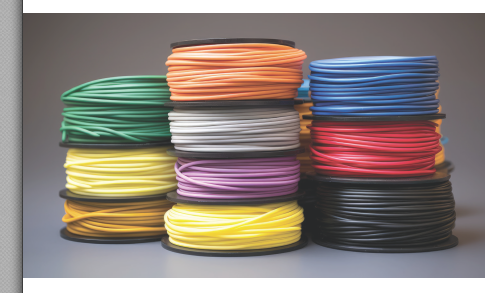Polyvinyl alcohol (PVA) is a water-soluble synthetic polymer used in constructing synthetic materials and as a suspension polymerization agent. Due to its biocompatibility, it is also used as a base polymer for additive manufacturing—e.g., 3D printing—and as a key material in various medical device products.

Image Credit: ABB Inc.
PVA is synthesized via hydrolysis via polyvinyl acetate (PVAc), achieved by a base-catalyzed transesterification (e.g., alcoholysis) with alcohol, such as methanol or ethanol. The consequential reaction changes the acetate groups into hydroxyl groups.
[CH2CH(OAc)]n + C2H5OH → [CH2CH(OH)]n + C2H5OAc
The level of transesterification—i.e., hydroxyl group conversion yield—is important because it is directly related to the final PVA product characteristics. It is traditionally calculated offline using laborious laboratory titration techniques.
FT-NIR spectroscopy can instead be employed as a rapid and non-destructive approach to verify the degree of transesterification on liquid and solid product forms.

 Download the article to learn more
Download the article to learn more

This information has been sourced, reviewed and adapted from materials provided by ABB.
For more information on this source, please visit ABB.